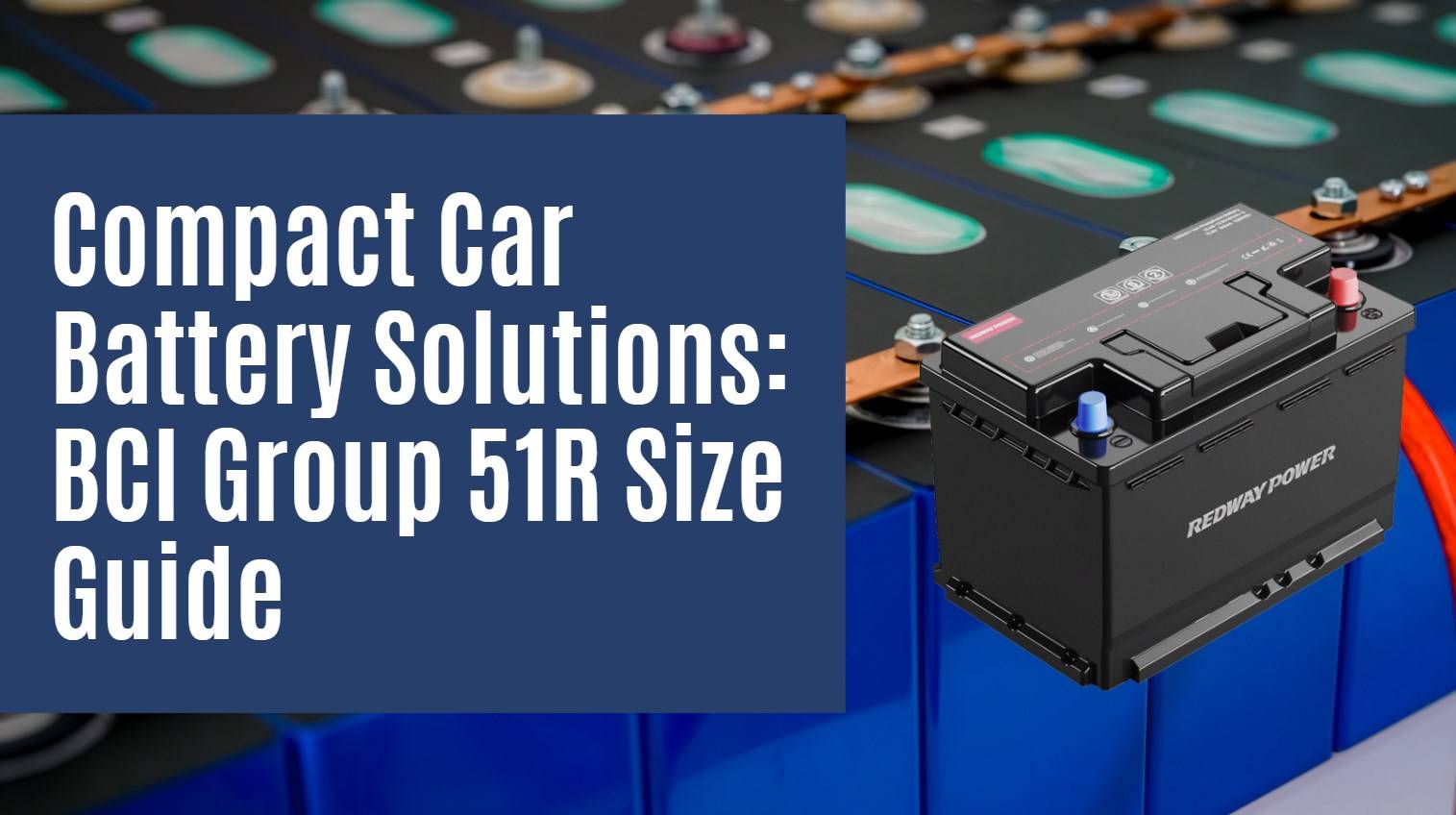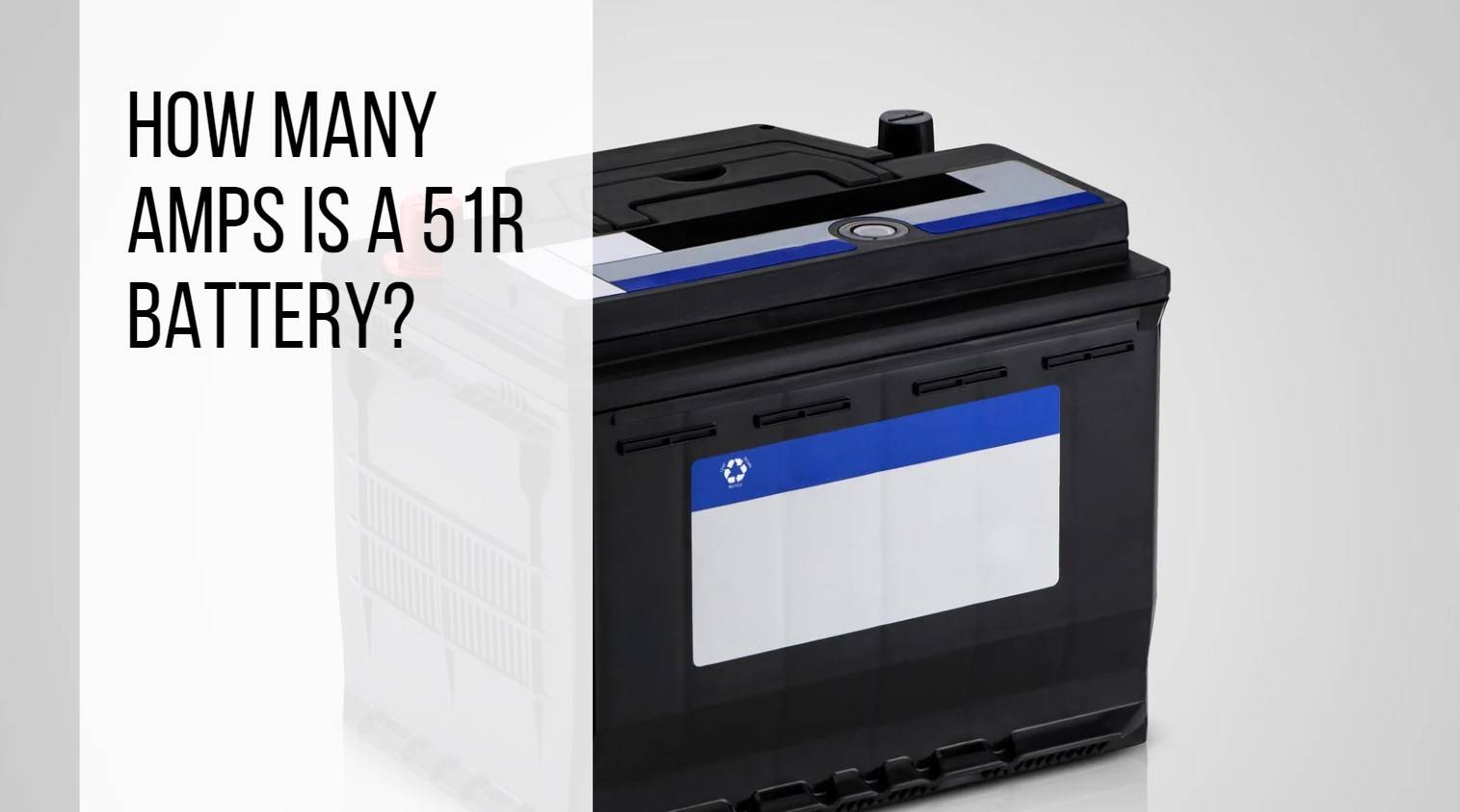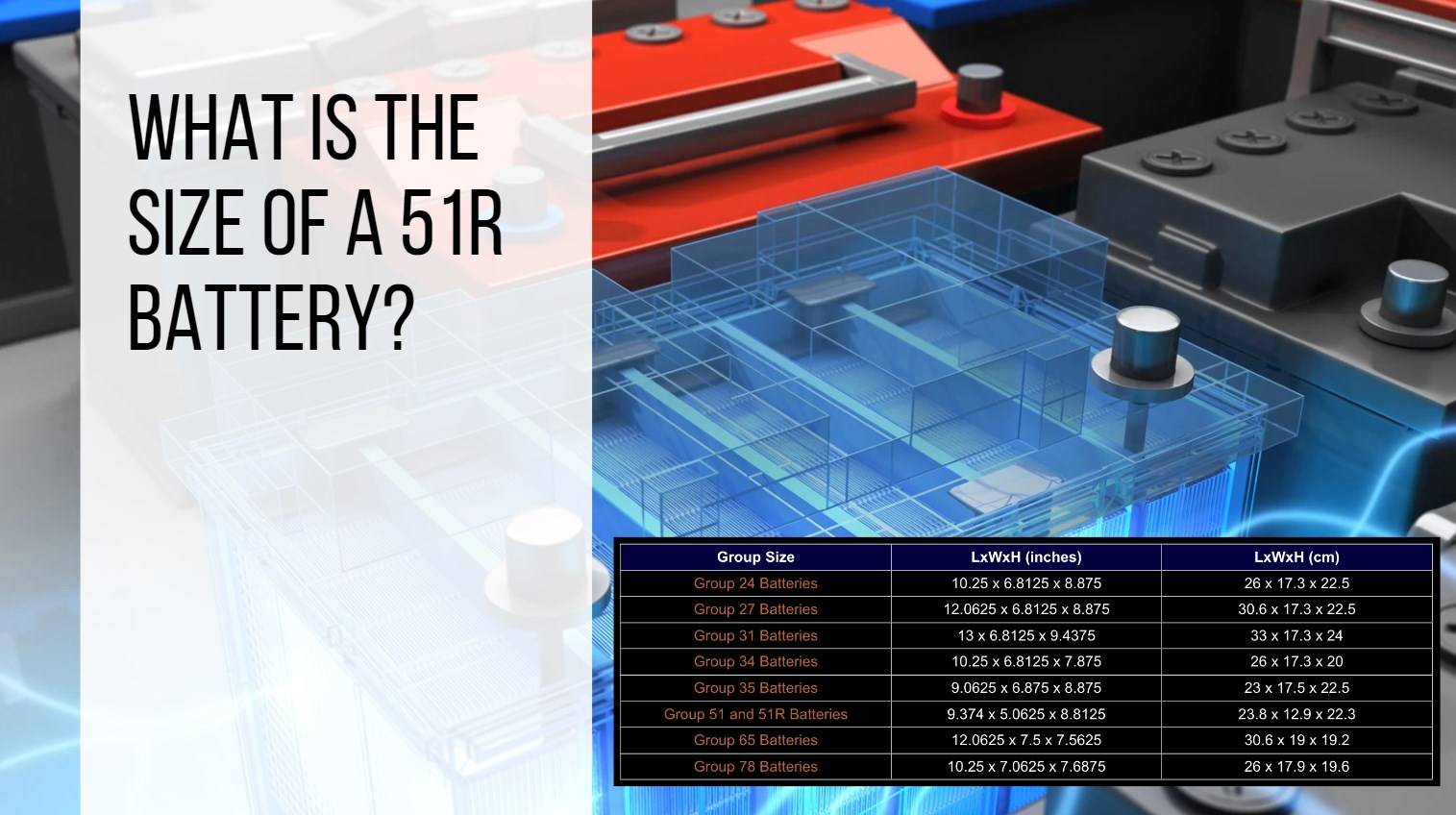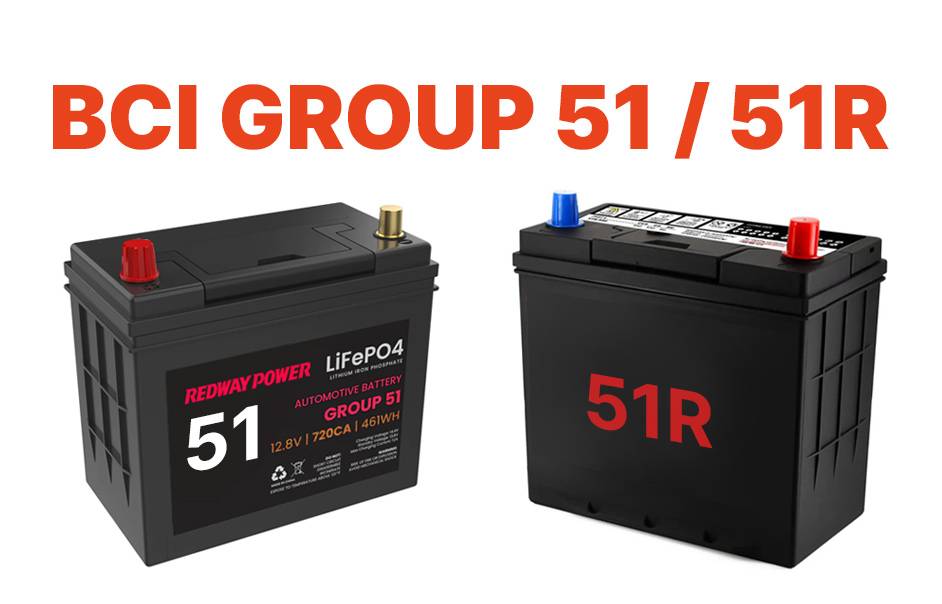- Rack-mounted Lithium Battery
- Golf Cart Lithium Battery
-
Golf Cart Lithium Battery
- 36V 50Ah (for Golf Carts)
- 36V 80Ah (for Golf Carts)
- 36V 100Ah (for Golf Carts)
- 48V 50Ah (for Golf Carts)
- 48V 100Ah (Discharge 100A for Golf Carts)
- 48V 100Ah (Discharge 150A for Golf Carts)
- 48V 100Ah (Discharge 200A for Golf Carts)
- 48V 120Ah (for Golf Carts)
- 48V 150Ah (for Golf Carts)
- 48V 160Ah (Discharge 100A for Golf Carts)
- 48V 160Ah (Discharge 160A for Golf Carts)
-
Golf Cart Lithium Battery
- Forklift Lithium Battery
- 12V Lithium Battery
- 24V Lithium Battery
- 36V Lithium Battery
- 48V Lithium Battery
-
48V LiFePO4 Battery
- 48V 50Ah
- 48V 50Ah (for Golf Carts)
- 48V 60Ah (8D)
- 48V 100Ah (8D)
- 48V 100Ah
- 48V 100Ah (Discharge 100A for Golf Carts)
- 48V 100Ah (Discharge 150A for Golf Carts)
- 48V 100Ah (Discharge 200A for Golf Carts)
- 48V 150Ah (for Golf Carts)
- 48V 160Ah (Discharge 100A for Golf Carts)
- 48V 160Ah (Discharge 160A for Golf Carts)
-
48V LiFePO4 Battery
- 60V Lithium Battery
-
60V LiFePO4 Battery
- 60V 20Ah
- 60V 30Ah
- 60V 50Ah
- 60V 50Ah (Small Size / Side Terminal)
- 60V 100Ah (for Electric Motocycle, Electric Scooter, LSV, AGV)
- 60V 100Ah (for Forklift, AGV, Electric Scooter, Sweeper)
- 60V 150Ah (E-Motocycle / E-Scooter / E-Tricycle / Tour LSV)
- 60V 200Ah (for Forklift, AGV, Electric Scooter, Sweeper)
-
60V LiFePO4 Battery
- 72V~96V Lithium Battery
- E-Bike Battery
- All-in-One Home-ESS
- Wall-mount Battery ESS
-
Home-ESS Lithium Battery PowerWall
- 24V 100Ah 2.4kWh PW24100-S PowerWall
- 48V 50Ah 2.4kWh PW4850-S PowerWall
- 48V 50Ah 2.56kWh PW5150-S PowerWall
- 48V 100Ah 5.12kWh PW51100-F PowerWall (IP65)
- 48V 100Ah 5.12kWh PW51100-S PowerWall
- 48V 100Ah 5.12kWh PW51100-H PowerWall
- 48V 200Ah 10kWh PW51200-H PowerWall
- 48V 300Ah 15kWh PW51300-H PowerWall
PowerWall 51.2V 100Ah LiFePO4 Lithium Battery
Highly popular in Asia and Eastern Europe.
CE Certification | Home-ESS -
Home-ESS Lithium Battery PowerWall
- Portable Power Stations
How to Choose the Right BCI Group 51R Battery for Your Compact Car

A 51R battery is a type of automotive battery commonly used in various vehicles, particularly in Asian cars and some light trucks. It features a compact design, providing reliable starting power and deep cycle capabilities. This battery type is ideal for applications requiring consistent energy discharge, such as in golf carts and electric vehicles.
Selecting the right BCI Group 51R battery for your compact car is essential for ensuring reliable performance and compatibility. The BCI Group 51R designation indicates specific dimensions and terminal configurations, making it crucial to choose a battery that fits your vehicle’s requirements while providing adequate power.
Understanding BCI Group 51R Battery Specifications
BCI Group 51R batteries are designed for compact vehicles and have specific dimensions that make them suitable for various applications. The “51” refers to the group size, while the “R” indicates that the terminals are located on the right side of the battery when installed. This sizing is crucial for ensuring proper fitment in vehicles that require this configuration.
Why Is It Important to Select the Correct BCI Group 51R Battery?
Choosing the correct BCI Group 51R battery is vital for several reasons:
- Fitment: A properly sized battery will fit securely in the designated battery tray without excessive movement.
- Electrical Compatibility: The battery must meet the voltage and amperage requirements of your vehicle’s electrical system.
- Performance: Using the right size ensures optimal performance, longevity, and reliability of both the battery and the vehicle.
| Aspect | Correct Size | Incorrect Size |
|---|---|---|
| Fitment | Secure and stable | Loose or tight |
| Electrical Compatibility | Matches requirements | Potential failure |
| Performance | Optimal | Reduced efficiency |
How Can You Determine If a BCI Group 51R Battery Is Right for Your Vehicle?
To determine if a BCI Group 51R battery is suitable for your compact car, follow these steps:
- Consult Your Owner’s Manual: The manual typically specifies the recommended battery group size.
- Check Existing Battery Labels: If replacing an old battery, check its label for the group size.
- Use Online Resources: Websites like Battery Council International provide databases to help find compatible sizes based on your vehicle make and model.
What Are Common Applications for BCI Group 51R Batteries?
BCI Group 51R batteries are commonly used in various compact cars and some light-duty trucks. Typical applications include:
- Compact Sedans: Many compact sedans utilize this battery size due to its efficient power delivery and space-saving design.
- Hatchbacks: Ideal for hatchbacks that require a reliable power source without sacrificing trunk space.
- Light SUVs: Some light SUVs may also accommodate this battery size, depending on their design.
| Vehicle Type | Typical Models |
|---|---|
| Compact Sedan | Honda Civic, Toyota Corolla |
| Hatchback | Ford Focus, Volkswagen Golf |
| Light SUV | Subaru Crosstrek, Jeep Renegade |
Why Should You Consider Cold Cranking Amps (CCA) When Selecting a Battery?
Cold Cranking Amps (CCA) measure a battery’s ability to start an engine in cold temperatures. It’s essential to choose a battery with adequate CCA ratings for your climate and vehicle type:
- Higher CCA Ratings: Necessary for vehicles operating in colder climates to ensure reliable starts.
- Manufacturer Recommendations: Always refer to your vehicle’s specifications for minimum CCA requirements.
How Do Maintenance-Free Batteries Compare to Traditional Batteries?
Maintenance-free batteries offer several advantages over traditional lead-acid batteries:
- No Water Addition Required: Maintenance-free batteries are sealed and do not require regular water checks.
- Longer Lifespan: They often have a longer lifespan due to better construction and technology.
- Convenience: Easier to use since they require less attention.
Industrial News
Recent trends in automotive batteries indicate a shift towards more advanced technologies, including lithium-ion batteries for electric vehicles (EVs). Manufacturers are focusing on improving energy density, reducing weight, and enhancing charging speeds while maintaining safety standards. As electric vehicles gain popularity, understanding traditional lead-acid battery specifications like BCI group sizes remains essential for hybrid models that still rely on conventional batteries.
Redway Power Views
“Selecting the right BCI group size is fundamental for maintaining vehicle performance,” states an expert from Redway Power. “As automotive technologies evolve, understanding these specifications ensures that consumers can make informed choices that enhance safety and efficiency.”
FAQ Section
Q: What does BCI stand for?
A: BCI stands for Battery Council International, which sets standards for battery sizes and specifications.Q: How do I know if a BCI Group 51R battery will fit my vehicle?
A: Check your owner’s manual or existing battery label for the recommended group size.Q: What happens if I use an incorrect battery size?
A: An incorrect size can lead to poor fitment, reduced performance, or electrical failures.
Also read: BCI Battery Group Size Chart (Group 24, 27, 31, etc)

FAQs
What is a 51R Battery?
A 51R battery is an automotive battery categorized under BCI Group 51R. It is designed for starting applications, featuring specific dimensions and terminal configurations that make it compatible with various vehicle models.
What is the Size of a 51R Battery?
The dimensions of a 51R battery are approximately 9.375 x 5.0625 x 8.75 inches (23.8 x 12.9 x 22.3 cm). This compact size allows it to fit in many vehicles that require a smaller battery option.
What Cars Does a 51R Battery Fit?
A 51R battery is compatible with several vehicles, including Honda (Civic, CR-V), Acura (ILX, TSX), Toyota (Corolla, Prius), and Nissan (Sentra, Versa). Its design makes it suitable for many compact and midsize cars.
What is the Difference Between a 51 and 51R Battery?
The main difference between a 51 and a 51R battery lies in the terminal placement. In a 51 battery, the positive terminal is on the left side, while in a 51R battery, it is on the right side, affecting installation compatibility.
What Does R Mean on a Battery?
The “R” in a battery designation indicates the location of the positive terminal, which is positioned on the right side of the battery. This designation is important for ensuring proper fitment in vehicles.
How Many Amps is a 51R Battery?
A typical 51R battery has Cold Cranking Amps (CCA) ratings around 500 amps, with some variations offering higher ratings. This capacity ensures reliable engine starting, particularly in cold conditions.
How Long Does a 51R Battery Last?
The lifespan of a 51R battery generally ranges from 3 to 5 years, depending on factors like usage, maintenance, and environmental conditions. Proper care can help extend its longevity.
What is the Warranty on the Honda 51R Battery?
The warranty for a Honda 51R battery typically includes a 48-month free replacement period, followed by a prorated warranty lasting up to 100 months, providing assurance regarding reliability and performance.
How to Properly Charge Group 51/51R Battery?
To properly charge a Group 51/51R battery, use an AGM-compatible charger, ensuring correct voltage and settings. Regular maintenance charging can help prolong battery life and performance.
Where to Find Group 51/51R Batteries?
Group 51/51R batteries can be found at local auto parts stores, major retailers like Costco and Walmart, or online through various e-commerce platforms. Always check compatibility with your vehicle before purchasing.














